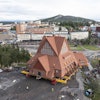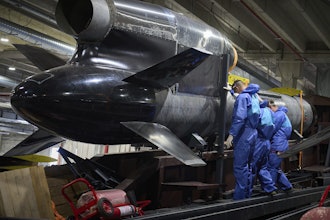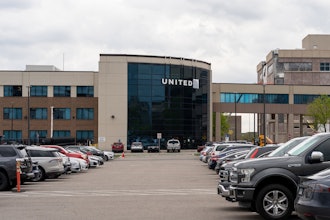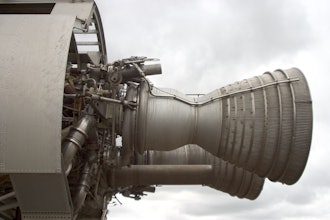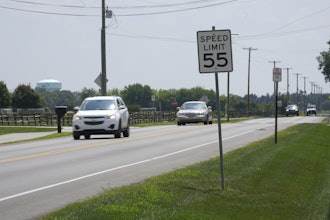Bioengineers at Harvard have created a soft, wearable robot that looks more like a smart jacket, designed to help stroke patients and individuals with neurodegenerative diseases, such as ALS, regain a bit of normalcy.
The team has been working on the technology for years, and the most recent version deploys sensors, balloons, machine learning and a physics-based model to learn each patient's unique movements to help them accomplish daily activities, such as eating, drinking or grooming. The device provides personalized movement assistance—right now, just for the upper body.
Most Read on IEN:
- GM's Futuristic Corvette Opens Like a Fighter Jet
- Jellyfish Swarm Takes Down Entire Nuclear Plant
- Autonomous Drone Boat Test Ends in Disaster
- PODCAST: The Top 5 News Stories in the Industry
The vest is outfitted with various sensors as well as a balloon attached underneath the arm. The balloon inflates and deflates to provide mechanical assistance to weak or impaired limbs.
The sensors track motion and pressure, and the machine learning model personalizes assistance levels by learning each user's movements.
Until now, the challenge in creating similar assistive devices has been that no two patients move in exactly the same way; however, machine learning can now offer personalized care.
Video from a recent study shows the robot helping steady the arms of a pair of patients, making it easier for one to take a drink of water and another to comb her hair.
Working with clinical researchers at Massachusetts General Hospital, the engineers have tested the device with nine volunteers, five who had experienced a stroke and four living with ALS.
The robot was able to distinguish the user's shoulder movements with 94% accuracy, and the amount of force required to lower an arm was reduced by about 30% compared to previous versions. Users also demonstrated increased ranges of motion in their shoulders, elbows, and wrists, reducing the need to compensate with leaning or twisting, thus making their movements more efficient.
The endgame is to have these personalized robots not only help perform daily activities but also regain muscle strength.
Next, the project's researchers, who have been supported by the National Science Foundation's Convergence Accelerator under the Directorate for Technology, Innovation, and Partnerships, hope to continue refining the technology so that patients can use the robot at home independently.
Click here to subscribe to our daily newsletter featuring breaking engineering industry news.

